Juxtapositions and complexities rather than a neat straight line mark the trajectory of Pakistan’s politics. Pakistan is in a state of crisis. On almost all fronts whether it is politics, economy, security and foreign policy the country is in deep disarray. The past few months were eventful to say the least. For the first time in the history of Pakistan, a Prime Minister was ousted through the democratic process of a no confidence motion. The uncertainty that gripped the nation did not, however, end, as the current government headed by the new PM Shehbaz Sharif faces multiple challenges.
One of the critical challenges that the government faces is the country’s dwindling economy. Almost all the economic indices have seen a downward trend in Pakistan. From the drastic fall of the value of rupee, low forex reserves and high inflation, Pakistan economy is at a catastrophic low. Inflation stands at 21.3%, which is highest since December 2008[1]. In fact independent economists are concerned about this massive jump in inflation in the country in the last 12 months. Further, the trade deficit has swelled to an all-time high of $43.33 billion. The foreign reserves held by the State Bank of Pakistan (SBP) were at $8.2 billion in mid-June 2022, down from $10.5 billion at the end of April 2022. Another compounding problem is the depreciating Pakistan Rupee (PKR). The rupee’s precipitous fall continues with the exchange rate going from PKR 199/USD on June 6 to PKR 207/USD on July 6, 2022[2]. Further there was increased pressure from the International Monetary Fund (IMF). To revive its stalled $6 billion loan programme, the IMF set four tough prior conditions that included increasing electricity tariffs. The cabinet decided to gradually impose Rs 50 per litre petroleum levy to collect Rs855 billion, and ending the government’s role in determining the oil prices[3].
A positive development has happened on the IMF front, as on July 14, 2022; Pakistan and IMF reached a staff level agreement on policies to implement the combined 7th and 8th reviews of Pakistan’s Extended Fund Facility (EFF). However, IMF’s tough conditionalities will have an adverse impact on the lives of middle and low-income households. The spillover of the IMF’s conditions can be witnessed as the petrol prices are skyrocketing coupled with increase in price per unit for electricity. The country is on the verge of bankruptcy. It is important to note that according to a 2022 report by the World Bank, the external debt to export ratio, which defines the repayment ability, has reached 390%, indicating near bankruptcy[4].
Adding to the crisis is the ongoing Russia-Ukraine conflict that could seriously impact Pakistan’s economy. The ripple effects of the conflict can already be seen in rising commodity prices and food insecurity. Global sanctions on Russia will complicate Pakistan’s economic situation, as it is an oil importing country. Further, wheat prices have soared and the crisis also threatens wheat imports since Pakistan’s wheat imports from Ukraine account for 39% of the total imported wheat[5]. With wheat shortages in Pakistan due to below par production, it will have to import considerable quantities of expensive wheat. It will also risk exposure to global markets. The economy appears unlikely to bear the increasing burden of surging global commodity prices. The general price increase, deteriorating current account, high inflation and fiscal balances will further hinder the economic growth.
While the economy remains in shambles, politically too the country faces problems. Even after being ousted, former PM Imran Khan continues to protest, labeling the government as an ‘imported’ one. He has been calling for a ‘revolution’ against what he describes as Pakistan’s subservience to American interests. He has been staging protests against rising inflation but most importantly to trigger up the intensity of the anti-government campaign, demanding immediate elections and removal of the current ruling coalition of Prime Minister Shehbaz Sharif. Uncertainty also prevails over the 11-party coalition government and questions are being raised if it can survive till, the 2023 General Elections. One of the reasons is the crucial Punjab by-elections, which were held on 17th July 2022. The by-polls elections results have come as surprise as Imran Khan’s Pakistan Tehreek-e-Insaf (PTI) party has won an impressive electoral victory. Imran Khan-led PTI won 15 seats while PM’s Sharif's PML-N secured just 4 seats. He has reiterated his demand for the early national polls after the Punjab elections results. The results reflect that Imran Khan factor and his consistent narrative about his ouster and the current government being imported has helped the PTI to win the Punjab by- elections.
On the external front too the country is in a tight spot. Against the backdrop of the Ukraine conflict, Pakistan is treading softly by balancing its relations with Russia and the West. However, balancing Russia and the West may not be easy in the days ahead as the situation escalates. Theprecarious situation in Afghanistan and the unprecedented humanitarian crisis there also has a direct bearing on Pakistan. The major factor is the resurgence of the Tehrik-i-Taliban (TTP) in Pakistan and its sanctuaries across the border in Afghanistan that remains a major security threat. The attacks by the TTP and Balochistan Liberation Army (BLA) are on the rise and are pose a serious threat to Chinese interests and the China Pakistan Economic Corridor (CPEC) projects in Pakistan. China Pakistan relations remain tense as Chinese are concerned over the attacks on their nationals in Pakistan and are demanding requisite security.
Apart from the political and economic crises, there are deeper challenges that Pakistan faces. For example, Pakistan is ranked as one of the 10 most vulnerable countries to climate change. The impact of climate change is being felt with water shortages, glacier melting and increasing food insecurity. Pakistan is facing an acute water shortage as annual per capita water availability has declined to nearly 850 cubic meters. Further, Pakistan this summer experienced intense heat-waves with temperatures crossing 50 degrees Celsius (122F) in some places[6]. It is pertinent note that the Intergovernmental Panel on Climate Change warned that the frequency of such severe heat waves is likely to increase in the future in the region due to climate change.
Pakistan thus faces several and simultaneous crises. Worse, there does not appear to be an end in sight to them in the foreseeable future. Both internally and externally, Pakistan faces challenges. Its economic crisis has become cyclical and no quick fix solutions can solve them. A question frequently being asked is whether Pakistan could be approaching economic and social collapse like Sri Lanka. According to international rating agencies, Pakistan could be among the next lot of countries to face a difficult time[7]. Following the footsteps of Sri Lanka Zambia, which defaulted on their sovereign reserves and are also left with no forex reserves. Could Pakistan be falling in the same trap?
Overall, therefore, it appears that Pakistan is slowly descending into chaos. The leadership, especially the army, will have to come to grips with the situation quickly.
References :
[1]https://timesofindia.indiatimes.com/world/pakistan/inflation-in-pakistan-stands-at-21-3-highest-in-13 years/articleshow/92609072.cms#:~:text=ISLAMABAD%3A%20Inflation%20in%20Pakistan%20rose,and%2023.5%25%20in%20rural%20areas.
[2]https://www.aninews.in/news/world/asia/pakistans-central-bank-sends-sos-to-pm-sharif-on-countrys-dwindling-forex-reserves20220709152440/
[3]https://economictimes.indiatimes.com/news/international/world-news/imf-sets-tough-conditions-for-pakistan-to-revive-usd-6-bn-loan-facility/articleshow/92537218.cms?from=mdr
[4]https://theprint.in/world/pakistani-economy-crumbling-due-to-prolonged-neglect/1007527/
[5]https://www.tribuneindia.com/news/world/pakistan-government-urged-to-ban-wheat-export-amid-ukraine-russia-crisis-376398
[6]https://www.aninews.in/news/world/asia/searing-heatwaves-torrential-rains-impact-thousands-in-pakistan20220710024225/
[7]https://www.tribuneindia.com/news/world/after-sri-lanka-pakistan-on-the-verge-of-loan-default-410913
(The paper is the author’s individual scholastic articulation. The author certifies that the article/paper is original in content, unpublished and it has not been submitted for publication/web upload elsewhere, and that the facts and figures quoted are duly referenced, as needed, and are believed to be correct). (The paper does not necessarily represent the organisational stance... More >>
Image Source: https://static.theprint.in/wp-content/uploads/2022/07/Pakistan202207161749002022071700401820220717055901.jpg?compress=true&quality=80&w=800&dpr=1.0

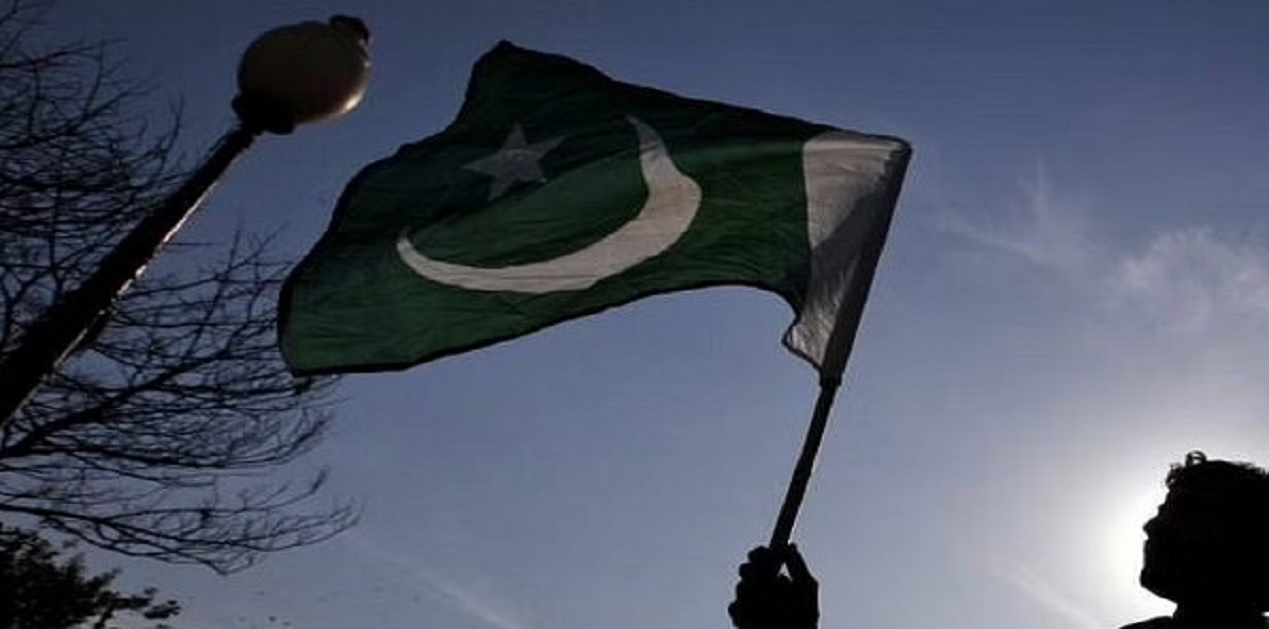



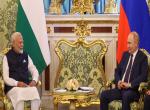

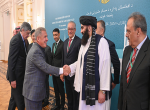
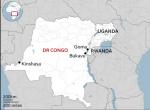
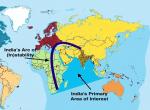

Post new comment